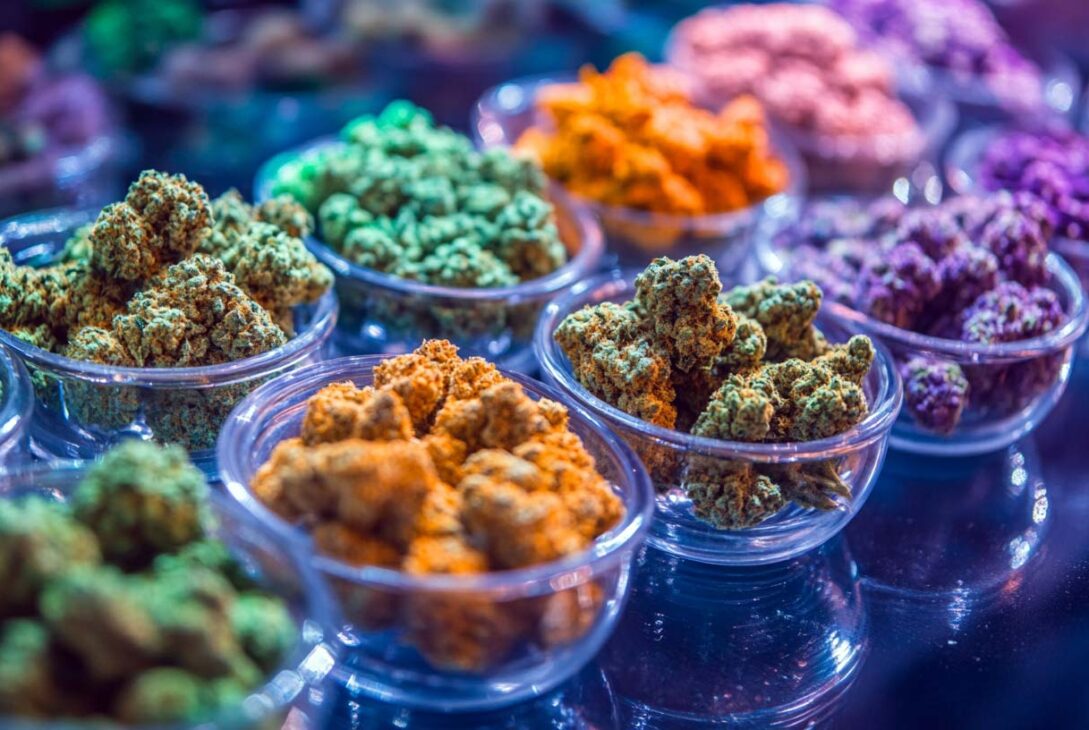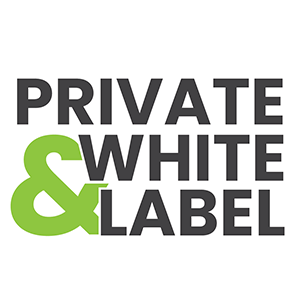The CBD industry has witnessed a remarkable transformation over the past several years. As consumers increasingly seek natural alternatives for health and wellness, the demand for cannabidiol (CBD) has soared. With this surge, however, fluctuations in pricing and the diversity of cannabinoids found in various hemp products have posed challenges and opportunities alike. In this guide, we’re diving deep into the intricacies of CBD price fluctuations, the ramifications of cannabinoid diversity, and providing a thoughtful cost analysis against the backdrop of current market trends.
Understanding CBD Price Fluctuations
Historical Context
To grasp the current state of CBD pricing, it’s essential to consider its recent history. After the onset of the COVID-19 pandemic, CBD prices experienced a pronounced decline, dropping an estimated 40%-50% in 2019 and 2020. An influx of competition and widespread discounting partly caused this shift, as producers aimed to attract budget-conscious consumers. Yet, as we moved into 2022, something intriguing began to unfold—stabilization. As companies tightened their operations and enhanced efficiency to weather the storm, prices steadied, albeit more from necessity than growth.
For instance, CBD crude oil prices remained stable in 2024, showing minor fluctuations. In contrast, products like full-spectrum CBD distillates witnessed a significant drop in pricing, making things even more complex for consumers and manufacturers alike.
Current Market Trends
By 2024, while the market exhibits signs of stability, variability persists. The price of CBD oil remains a topic of interest. Minor decreases in crude oil figures coexist with the drops experienced by other hemp-derived products, such as CBG distillates and isolates. Understanding these trends is crucial for consumers and businesses alike, as the dynamics of supply and demand shift with every update in regulatory guidelines and market responses.
The Impact of Cannabinoid Diversity
Genetic and Chemical Consistency
A fascinating, yet convoluted aspect of the CBD market is the genetic and chemical consistency of high-CBD hemp varieties. Research has unveiled a crucial reality—many commercial hemp cultivars may not deliver the consistency they promise. For example, while a product may boast high-levels of CBD, the actual content could be misleading due to insufficient quality control and standardization. Cases have emerged where high-CBD strains contained unexpected levels of THC, complicating legal compliance and consumer use.
The variability in cannabinoid profiles can significantly affect both growers and consumers. For the former, a lack of consistency can lead to economic losses; for the latter, it can result in ineffective or unreliable products. This inconsistency underscores the urgent need for stringent seed and plant certification programs. Such measures would benefit growers and consumers by providing verified high-quality planting materials.
Market Implications
As consumers become savvier about cannabinoids, the push for transparency grows stronger. Information on cannabinoid profiles is now expected by buyers, leading many companies to enhance their testing and quality assurance practices. The diversity in cannabinoids also paves the way for innovative products tailored to specific wellness effects, thereby expanding the consumer base as more options become available.
Cost Analysis
Production Costs
Various factors impact the cost of CBD production, including the price of hemp biomass, the extraction process used, and compliance with regulations. While crude oil prices appear stable, inflationary pressures and rising transportation costs affect overall profitability. For manufacturers, these challenges necessitate ongoing adjustments to their business models.
In realistic terms, farmers growing hemp also face shifting costs. A significant part of their expenses comes from maintaining the environment—fertilizers, pest control, and water usage all contribute to a higher burden. Efforts to optimize these costs have implications for how CBD is priced, ultimately feeding into what the consumer sees on the shelf.
Consumer Costs
For the end consumer, costs can accumulate quickly. A recent survey of cancer patients using cannabis revealed that the median monthly out-of-pocket cost for cannabis products can reach around $80, with some individuals spending between $100 and $500 monthly. The absence of insurance coverage for CBD and cannabis products only worsens the financial strain, emphasizing a critical gap in medical support often overlooked in wellness discussions.
Market Trends and Future Outlook
Market Growth
Despite facing obstacles, the CBD market is on a positive trajectory. High-CBD hemp cultivars have transitioned into a valuable crop, with increasing research fueling consumer interest and product development. As increased awareness around hemp-derived benefits expands, it’s reasonable to expect further market growth in various product categories—enhancing the variety of flavors, forms, and formulations available to consumers.
Regulatory Environment
The regulatory landscape remains a double-edged sword. While clearer regulations can bring safety and quality assurance to the market, the FDA’s position that CBD products are not approved as dietary supplements presents an ongoing challenge. Non-compliant companies face stern warnings, advocating for a need for industry adherence to guidelines. Continuous engagement with regulatory developments is crucial for anyone involved in the sector.
Innovations and Diversification
An emerging trend is the diversification of hemp-derived products, including cannabinoids like Delta-8 THC, Delta-10 THC, HHC, and THC-O distillates. This expanding variety invites excitement but also requires careful oversight as consumers navigate these newer options. For instance, many individuals are interested in Delta-8 for its reported milder psychoactive effects compared to Delta-9 THC, potentially creating a robust niche market.
Conclusion and Actionable Insights
The journey through CBD price fluctuations and cannabinoid diversity reveals the complexity of this evolving industry. Here’s a synopsis of the key takeaways:
- Price Stabilization: After significant drops, the pricing of CBD products may be stabilizing, driven more by survival strategies than a health market.
- Cannabinoid Diversity: The inconsistency among hemp varieties presents challenges but also fuels innovation and product differentiation in the marketplace.
- Cost Analysis: Production costs and consumer expenses continue to be influenced by external economic factors, highlighting the importance of efficient practices.
- Market Trends: Growth remains steady, and the regulatory environment continues to affect how manufacturers and consumers interact with these products.
Actionable Tips
- For Growers: Consider implementing rigorous testing and certification procedures to ensure high-quality and consistent hemp products.
- For Manufacturers: Stay abreast of market trends and explore innovations to meet diverse consumer needs effectively.
- For Consumers: Be vigilant about the quality of the CBD products you purchase. Look for reputable brands that provide transparent lab results to ensure efficacy and safety.
Through understanding the intricacies of CBD price fluctuations and cannabinoid diversity, all participants in the CBD realm—be they growers, manufacturers, or consumers—can make informed, thoughtful decisions. The landscape of hemp-derived products may be intricate, but by staying informed and proactive, navigating it can become a rewarding endeavor.




















